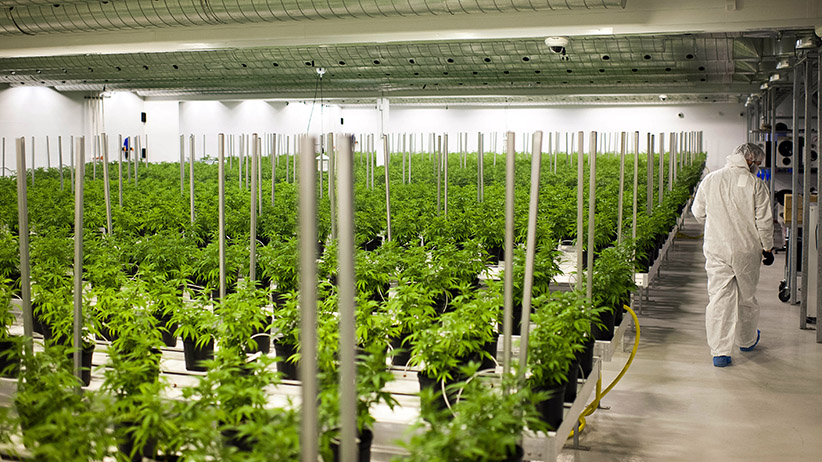Marijuana cultivation has changed dramatically over the past few decades. From illicit grow operations in remote counties in California, to mainstream pot farms that are subject to strict distribution and testing regimens from state to state, the industry is experiencing a boom in popularity – and with it, the associated hurdles of any growing industry.
As more states contribute to the patchwork of laws governing marijuana decriminalization, we can expect to see even more changes in the decades to come. But what will those be?
Marijuana Distribution
First, legislatures will have to address the issue of cannabis distribution across state borders. Currently, transporting marijuana across state lines is illegal, even in neighboring states that have legalized cannabis. That’s leading to some awkward situations in states like California, Oregon, and Washington, all of which have legalized recreational pot but still don’t have any means by which interstate growers and distributors can trade with each other.
Currently, Oregon is growing more pot than its residents smoke, which lowers prices and puts smaller farms and dispensaries in a precarious position. They can take a loss and risk going out of business, or sell the pot on the black market. Consumers in states where pot isn’t yet legal will pay more for it, leading some growers to shun the legal market entirely.
Oregon State Police recently shut down an operation in Southern Oregon, confiscating 15,000 plants that were likely headed to Illinois and Kansas and valued at $15 million. Along with the pot, police found over $550,000 in cash and 29 firearms. Other recent busts have occured in Idaho, where carrying as little as 3 ounces of pot is a felony.
In order to reduce the incentive to grow pot illegally and transport it across state lines, Oregon lawmakers have introduced a bill that would make it legal to export pot to California, Washington, and Nevada. We’ll see whether efforts like these will rein in the black market and lead to a legal nationwide marijuana trade.
Emergence of “Big Cannabis”
Another development that industry experts are keeping their eye on is whether “Big Cannabis” will become the new Big Pharma or Big Tobacco – a powerful capitalist enterprise that drives smaller growers and dispensaries out of business.
There are some signs that this is happening, with luxury brands moving away from “stoner” imagery and toward delivery services aimed at women and consumers who have never tried pot. In California, the Mendocino Appellations Project hopes to brand cannabis the same way the state’s vineyards brand wine, highlighting the location, weather, and soil conditions where specific strains are grown.
At the same time, other forces are pushing back against the commodification of cannabis. The CEO of Dr. Bronner’s, known for its hippie-friendly soap products, plans to launch a sustainable and ethical marijuana line called Brother David’s that will focus its efforts on supporting family farms and will donate its profits to charity.
Other Changes in the Cannabis Industry
In Portland, Oregon, voters chose to tax recreational cannabis at 3% in order to support efforts to address the impact of prohibition on people of color. And several 2020 presidential candidates, including Cory Booker and Kamala Harris, have argued that any attempt to legalize pot on the federal level must include a means to clear the records of low-level drug offenders, particularly people of color who have been harmed by the War on Drugs, and put them “first in line” for jobs in the legal marijuana industry.
Will pot become the new craft beer, or will it simply be folded into the mainstream alcohol and tobacco industries? Will medical marijuana be pushed aside in favor of recreational sales? Already, CBD products are popping up in grocery stores around the country, even though studies haven’t yet proven it to be effective for any of the conditions it claims to treat.
Hopefully, more extensive testing of the effects of marijuana and a closer look at the impact of legalization in the states that have already tried it will give us a clearer picture of the best ways to cultivate and distribute marijuana in the decades ahead.


